Recently with my coworkers we were discussing how to organize the version control in a Scrum project. More specifically, the criteria for branches creation (per developer, per task, per Story, per Sprint?) and the methods of integration.
My opinion was that a useful way to organize it is to create a branch for each User Story, so you can integrate each Story in the releasable trunk once it is completed and it also allows that you always have a "deliverable version" of the application at any moment.
So if a story cannot be completed, it can be just left out and does not compromise the sprint release. (That considering a centralized tool, may be if using a distributed one the considerations would be different)
I'd like to know your own approaches, which kind of tools you prefer and the pros and cons that you have seen with the experience and the lessons learned.
